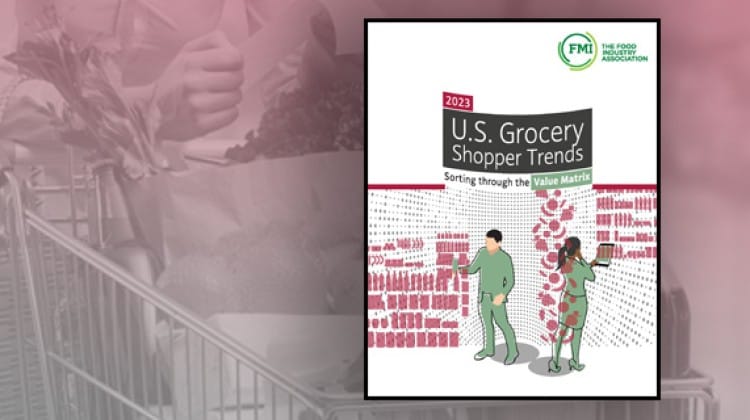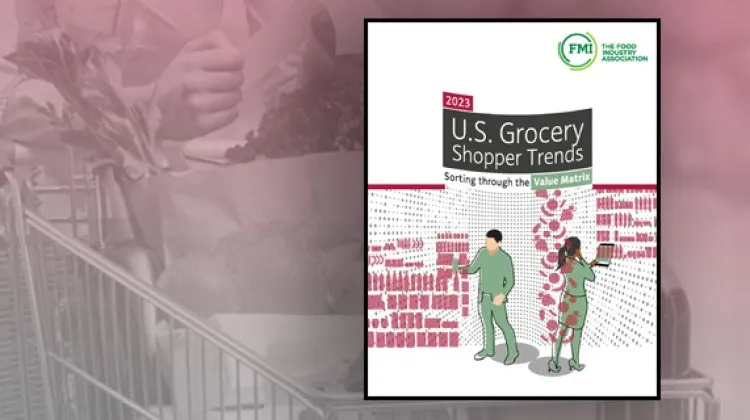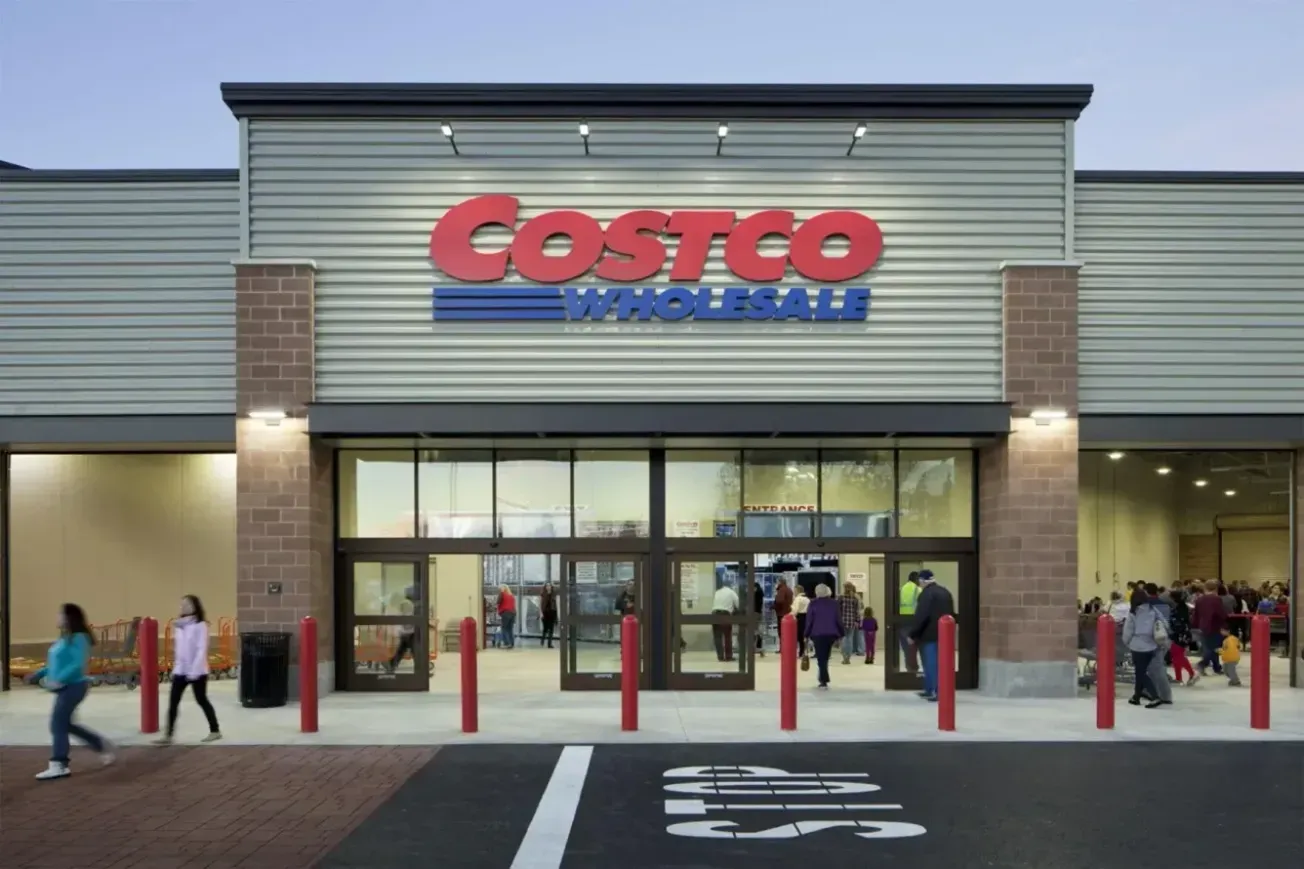
ARLINGTON, Va. — Grocery shoppers are considering a wider range of factors beyond just price when they evaluate whether the items they buy offer “good value,” according to a recent survey conducted by FMI – The Food Industry Association.
The survey, part of FMI’s U.S. Grocery Shopping Trends 2023 series, sheds light on the evolving perception of value among shoppers.
The analysis uncovered various factors that shoppers consider when evaluating value, not only for the food and beverages they purchase but also for the stores and channels they choose to shop. Despite a slight decrease in inflation during April, price remains a significant consideration. However, emerging dimensions such as quality, relevance, experience, and convenience have begun to challenge the long-standing notion that value is solely determined by a simple equation of higher quantity at a lower price.
FMI president and CEO Leslie Sarasin emphasized the importance of understanding the expanding definition of value among grocery shoppers as they shift their buying habits amid ongoing economic uncertainty. “This report highlights that price is not necessarily the be-all-end-all when it comes to shopper perceptions of value,” Sarasin said, “and also that the notion of value itself has become an increasingly more complex, subjective, and even personal calculation.”
The survey found that prioritizing good value is a common goal across all income and demographic levels. However, younger shoppers are playing a pivotal role in reshaping the definition of value to encompass a more holistic measurement that goes beyond the traditional price-to-quantity ratio. The report’s demographic explorations revealed several key insights:
- Among millennials, 62% state a preference for minimizing food waste by purchasing only what they need, reflecting a focus on relevance.
- Convenience and an enjoyable shopping experience are significant drivers of value for younger shoppers. Forty-seven percent of millennials are willing to spend more money to avoid shopping at multiple stores, while 50% express a willingness to pay extra for a more pleasant shopping environment. In contrast, only 16% of Baby Boomers share these sentiments.
- Younger shoppers exhibit a greater inclination to prioritize high-quality items regardless of price. Fifty-two percent of millennials and 42% of Gen Z-ers express this sentiment, compared to only 22% of Baby Boomers.
The survey also found that 75% of shoppers express concern about rising prices. Consumers across all income levels are embracing two strategies in response: seeking deals and buying store brands. They are also shifting more of their shopping to physical stores instead of buying online.
“There is a perception that shopping in-store is the best method for getting good value,” Sarasin says. “This belief is shared across all generations, although younger shoppers are more flexible and more likely to see value in both online and in-store shopping, depending on the situation.”
As grocery shoppers continue to redefine value, industry stakeholders must adapt to the evolving landscape. Price alone can no longer dictate consumers’ purchasing decisions. Instead, a multifaceted approach that encompasses quality, relevance, experience, and convenience will prove essential in meeting shoppers’ expectations and remaining competitive in the market.









